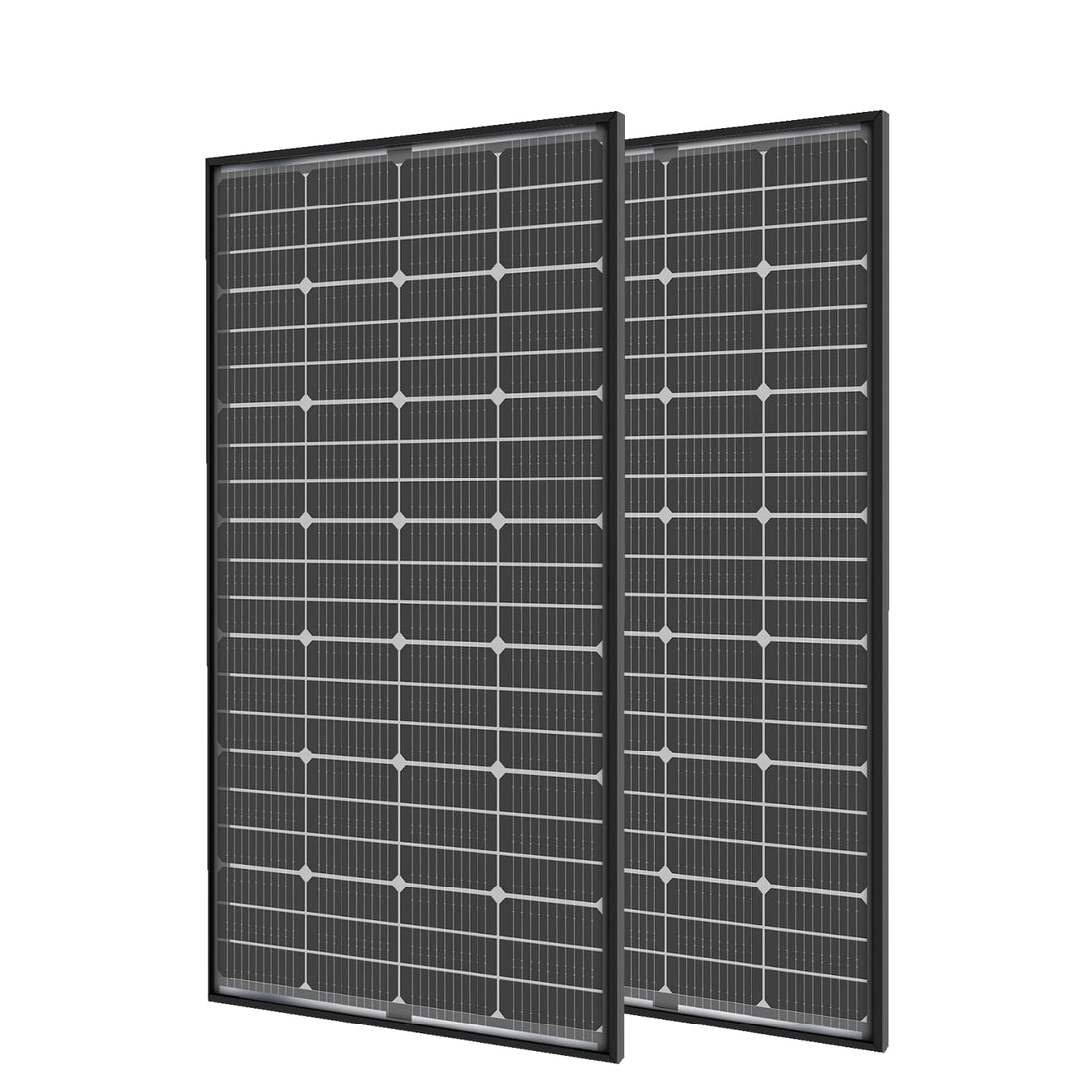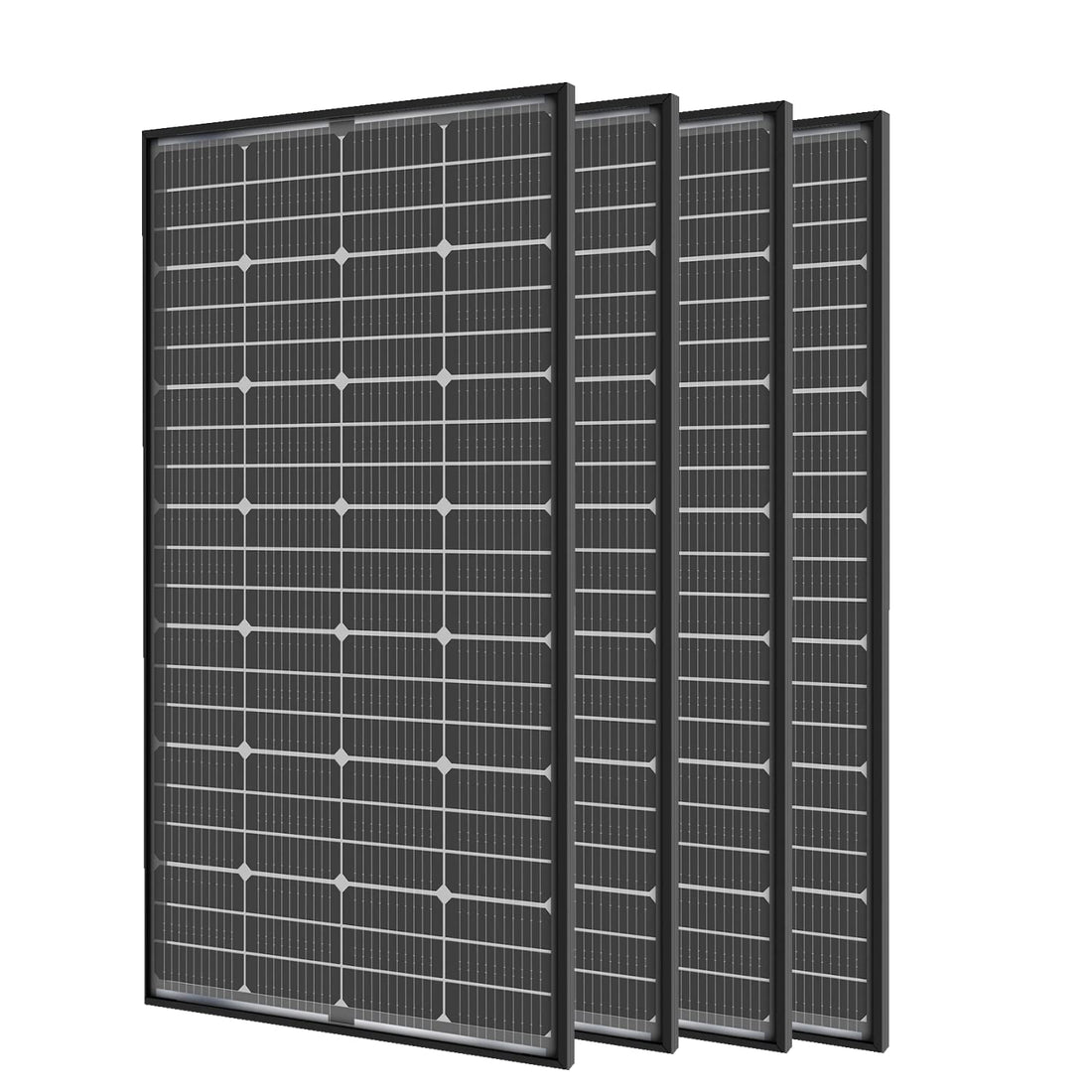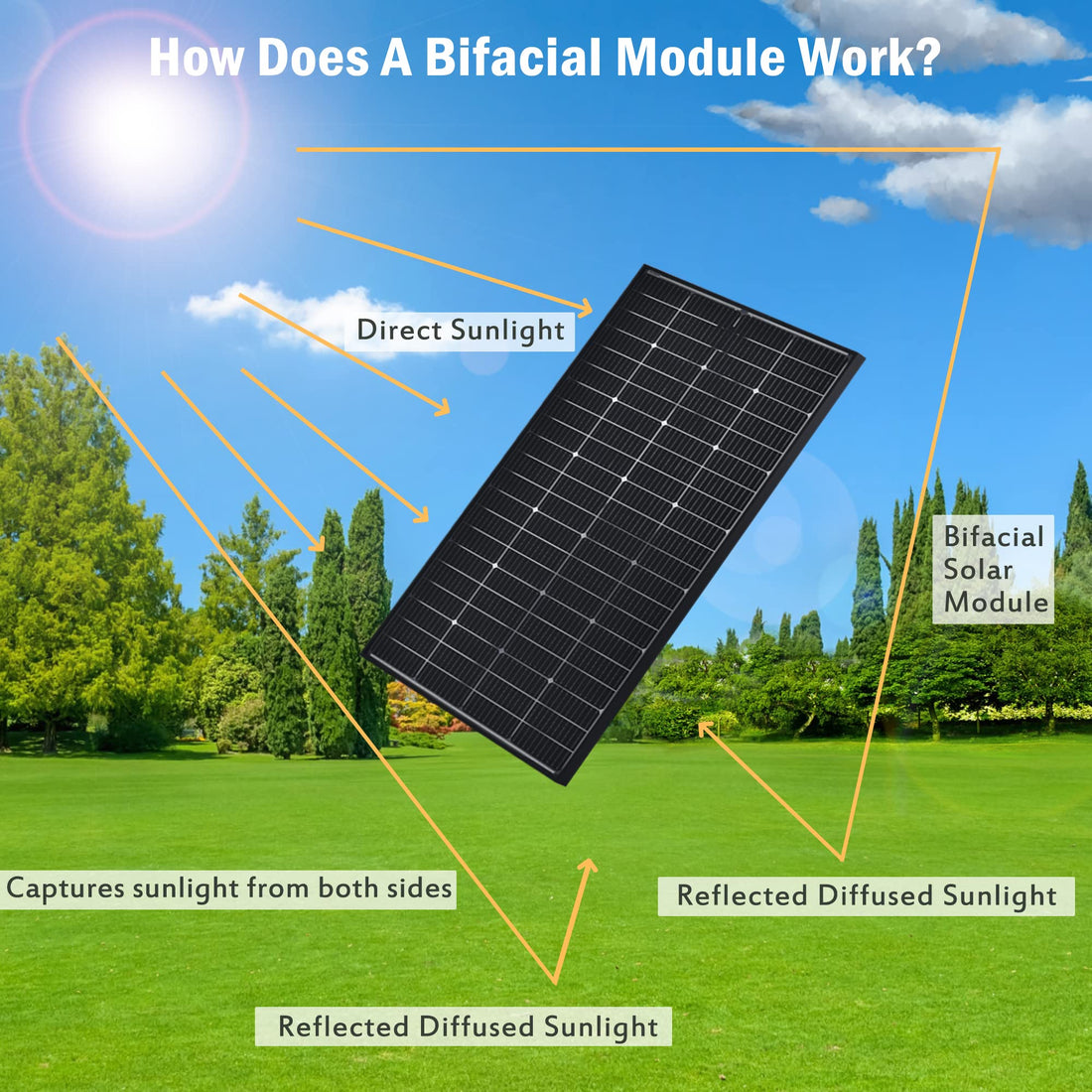Bifacial Solar Panels
We have selected for you bifacial solar panels with advanced technology that not only absorb sunlight efficiently from the front, but also capture reflected light from the back, realizing double power generation efficiency. Our products have excellent technical specifications, including high conversion efficiency (over 20%), high wind resistance, and a wide range of operating temperatures (-40°C to 85°C). No matter where you are, our bifacial solar panels can provide you with stable and reliable green energy.
- Featured
- Best selling
- Alphabetically, A-Z
- Alphabetically, Z-A
- Price, low to high
- Price, high to low
- Date, old to new
- Date, new to old
Recently Viewed Products
FAQ about Bifacial Solar Panels
What are bifacial solar panels?
Bifacial solar panels are designed to capture sunlight from both the front and the back at the same time. This unique design allows them to take advantage of reflected light and potentially generate more electricity than traditional single-sided panels. They are usually made with a transparent material on the back, allowing light to pass through and reach the solar cells.
Are bifacial solar panels worth it?
Bifacial solar panels can be more efficient under certain conditions, such as having reflective surfaces around the installation area (e.g. white roofs or snow). Due to their ability to collect solar energy from both sides, they may be able to generate more electricity compared to traditional single-sided panels. However, the initial cost can be higher, so their value depends on your specific energy needs, location and budget.
Advantages and disadvantages of double-sided solar panels
Advantages
- Higher energy yield: Due to the double-sided design, it is possible to utilise reflected light and increase the amount of electricity generated.
- Longer life: Often more durable, with better durability and corrosion resistance.
- Adaptable: Can be used in a variety of environments, including snow or water based reflective surfaces.
Disadvantages
- Higher cost: Initial investment is higher than traditional panels.
- Installation requirements: Requires special installation conditions such as tilt angles and reflective surfaces to maximise production.
- Benefits vary by location: In some environments, the benefits of reflective light may be limited.
Which is better, bifacial or unifacial?
The choice between bifacial and unifacial solar panels depends on a variety of factors, such as location, installation site and specific energy goals. In areas with highly reflective surfaces (high albedo), bifacial panels may be more efficient, resulting in more energy production. Single-sided panels, on the other hand, are usually cheaper and simpler to install. Overall, under the right conditions, bifacial panels may provide better performance, while single-sided panels may be more economical in a typical residential installation.
How much do bifacial solar panels cost?
The initial cost of a bifacial solar panel is typically higher than a single-sided panel. Prices vary depending on manufacturer, specifications and market conditions, but may be approximately 10-30% more expensive than single-sided panels. These factors may offset the initial investment when considering long-term energy savings and possible subsidies.
What is the optimal angle for installing bifacial solar panels?
The optimal angle for installing bifacial solar panels usually depends on geographic location (latitude) and specific site conditions. The general rule is:
At high latitudes, it is recommended to set the tilt angle close to the latitude of the site to maximise sunlight exposure.
At lower latitudes, shallower angles may be considered, especially if you wish to optimise year-round power generation.
Also consider the type of surface underneath the solar panels, as reflective surfaces can enhance performance. It is recommended to consult a solar installation expert to determine the best angle for your particular situation.














